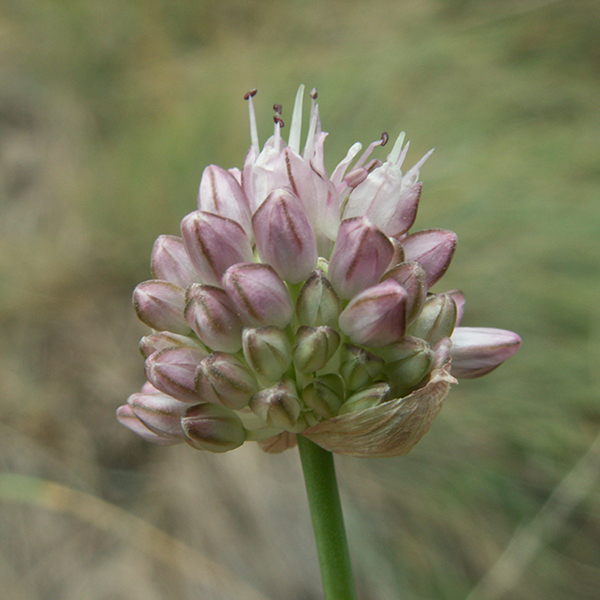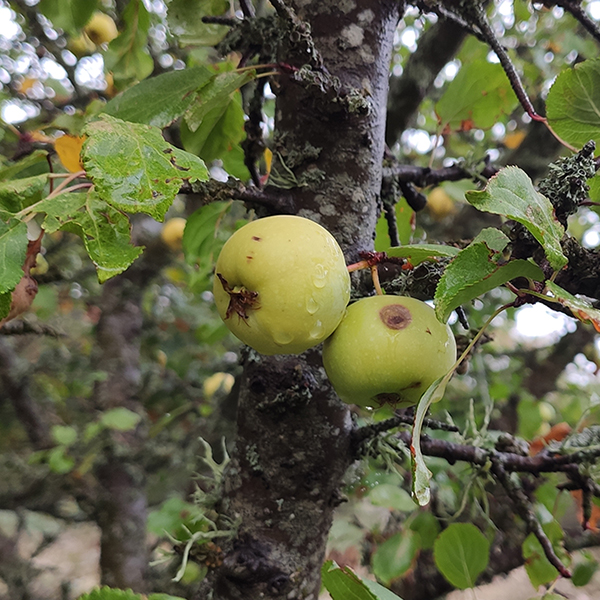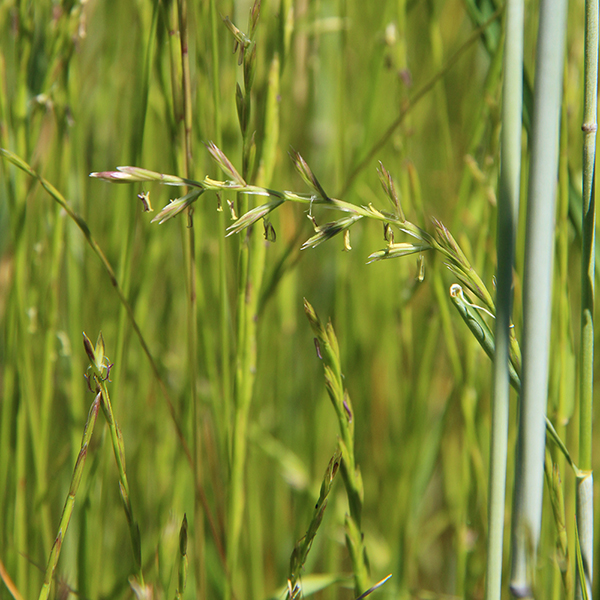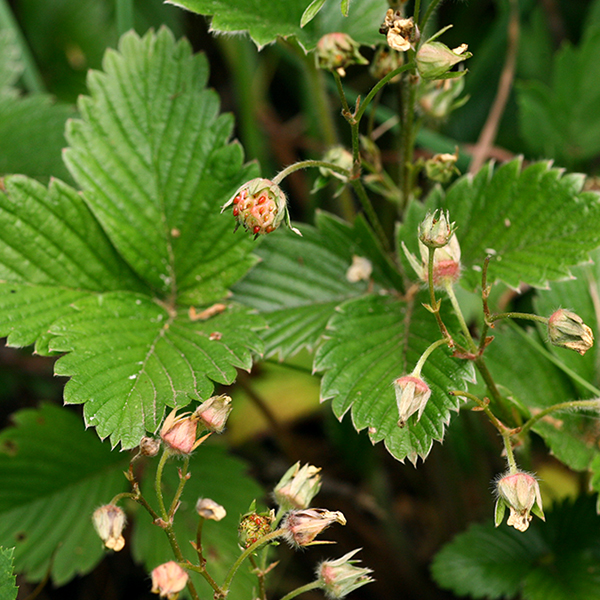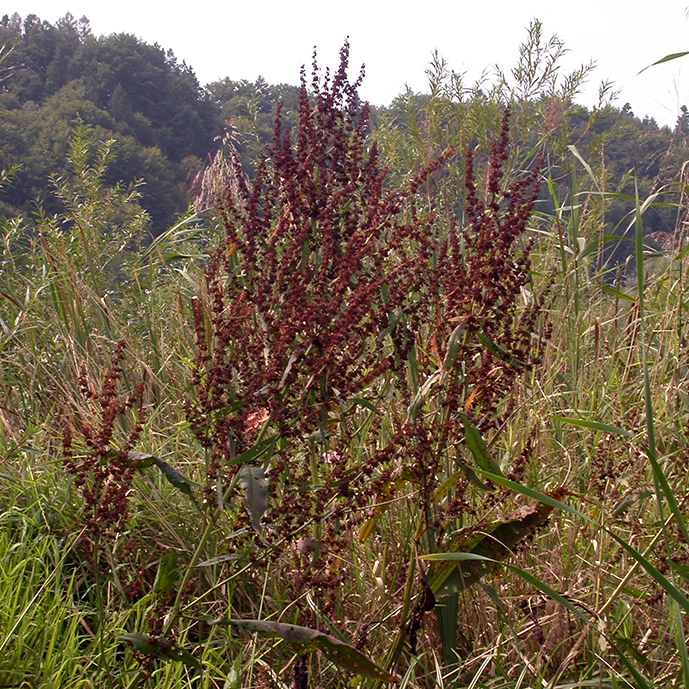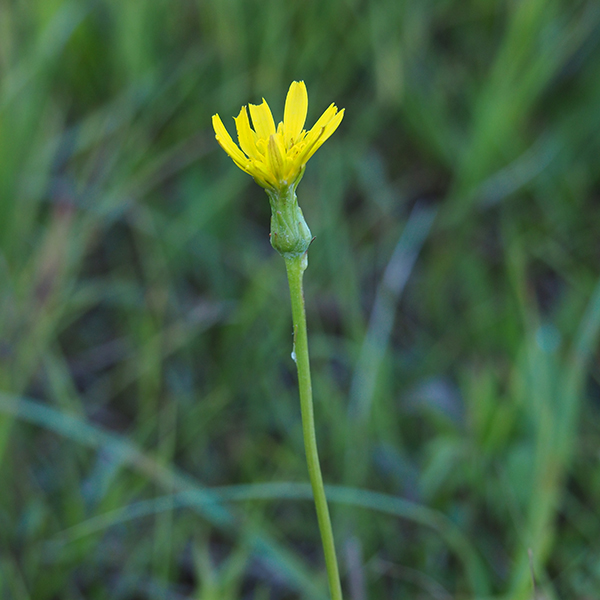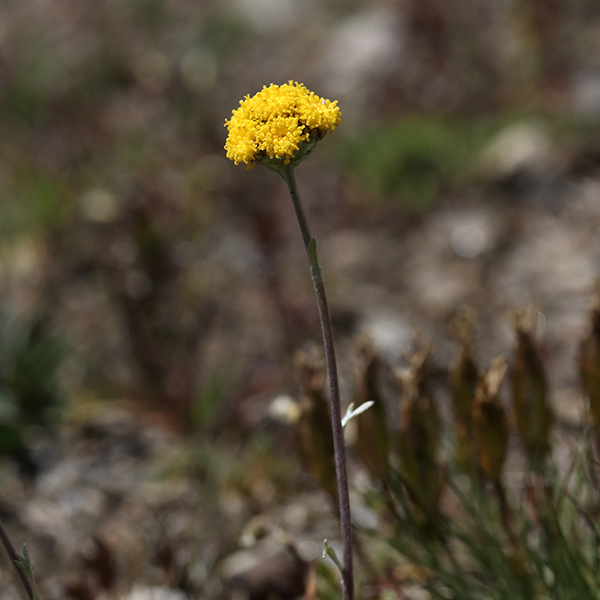Just peas and carots? The underestimated relatives of our crops

The wild parsnip in Switzerland (Pastinaca sativa; photo: Françoise D. Alsaker) also has a cultivated form that is used as a vegetable (Pastinaca sativa ssp. sativa var. sativa). The latter has been bred from the wild parsnip. Therefore, the parsnip that often grows spontaneously on roadsides is a so called "Crop Wild Relative".
What are CWR species?
The abbreviation CWR stands for "crop wild relatives", i.e. the wild relatives of our cultivated plants. Cultivated plants, meanwhile, are species that either contribute directly to human nutrition, are used as fodder for livestock or as medicinal or recreational plants. Thus, not only peas (Pisum sativum subsp. biflorum, the wild relative of Pisum sativum subsp. sativum) and carrots (Daucus carota, the wild relative of Daucus carota subsp. sativa) are CWR species, but also the genus Valerian (e.g. Valeriana officinalis and Valeriana pratensis) with its long history as medicinal plants and various Trifolium species as relatives of the forage clover species.
Quiz
More examples of CWR species can be found in the following picture gallery. Do you know the species and their relatives? (The answers can be found behind the links in the legend)

Why are CWR species particularly valuable to us?
Der Mensch hat seit jeher wildwachsende Pflanzen genutzt; entweder um daraus Kulturpflanzen zu züchten oder aber um bestehende Kulturpflanzen zu verbessern. So wurden in der Vergangenheit Getreide, Tomaten oder Hülsenfrüchte mit Genen von wilden Verwandten «angereichert» um resistentere oder ertragreichere Sorten zu züchten.Humans have always used wild plants, either to breed cultivated plants or to further enhance already cultivated varieties. In the past, cereals, tomatoes and legumes were "enriched" with genes from wild relatives in order to breed more resistant or higher-yielding varieties. At a time when food security is increasingly threatened, diseases and resistance to pesticides are on the rise, and biodiversity as a whole is diminishing, CWRs have gained new importance. For example, resistance genes of the pigeon pea (Cajanus cajan) have recently been crossed from the related wild species Cajanus platycarpus. These genes allow this important pea species to better defend itself against the damaging maize owl (Helicoverpa armigera).
 Daucus carota, die wilde Verwandte von Daucus carota subsp. sativa (Foto: Christophe Bornand)
Daucus carota, die wilde Verwandte von Daucus carota subsp. sativa (Foto: Christophe Bornand)
What are CWR of major concern?
Info Flora, together with the Federal Office for Agriculture, has recorded the CWR species of Switzerland and, based on this, has identified a list of 285 priority taxa. These species were selected either on the basis of their endangerment status (endangered species on the Red List such as Allium lineare) or on the basis of the socio-economic importance of their cultivated relatives (for example, Avena fauta). This inventory allows for the first time to gain an overview of the conservation status and conservation in the wild of the most important CWR species.

